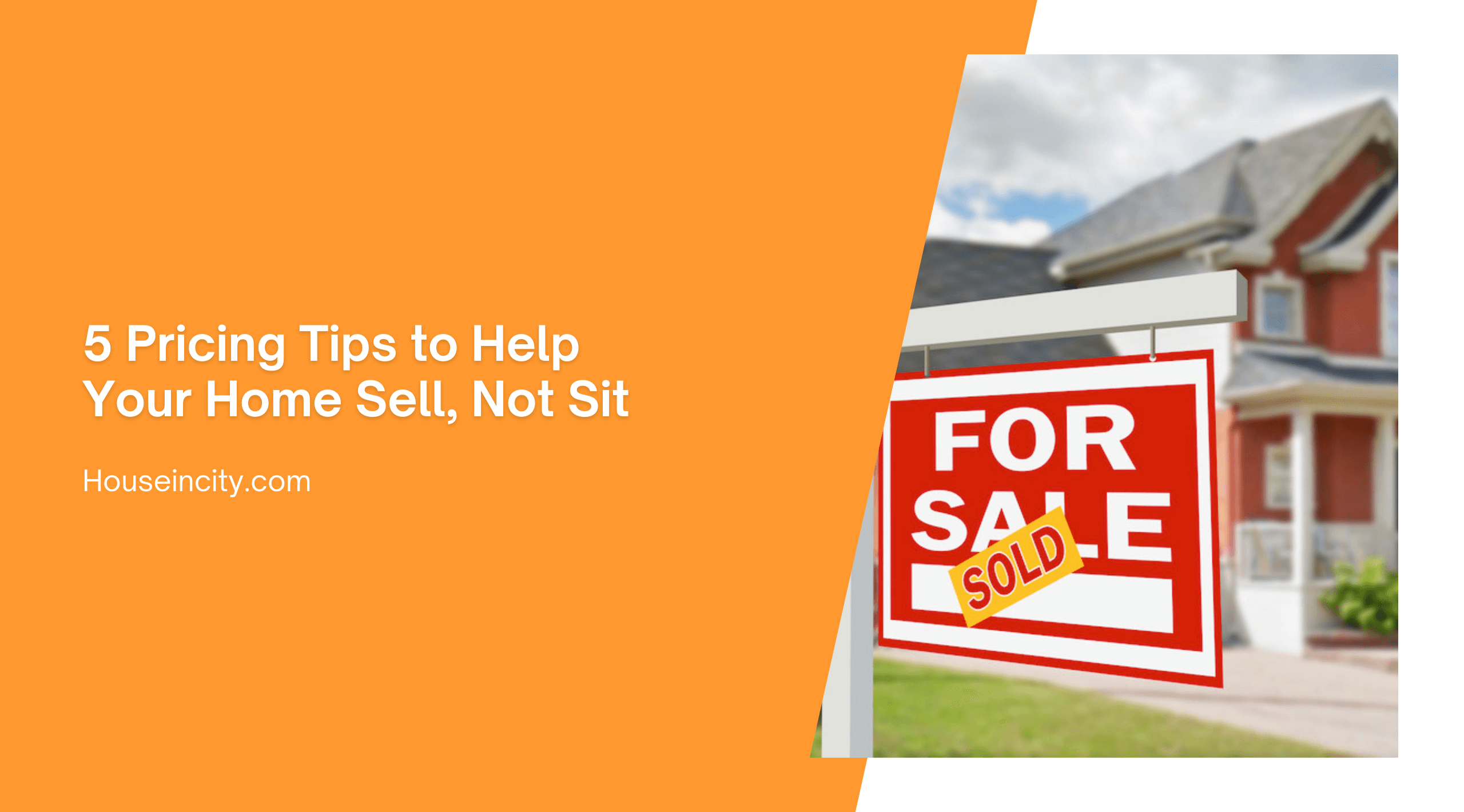In every corner of the world, there are ‘magic price’ points. In the U.S., prices ending in .98 or .99 often garner the biggest attention in sales and promotions. We tend to think of $1.00 as expensive, but ninety-nine cents as a bargain. The same principals apply for pricing a property, too.
In every market, homes that are market-priced are selling well. Even now. Homes that go under contract in less than 30 days are everywhere, but don’t make the news. Savvy sellers and agents understand that buyers and the economy have always driven the final price. Giving yourself the advantage of rock-solid market knowledge and a bit of understanding about human nature and technology can give you the upper hand when it comes time to sell.
There are natural price breaks and numbers that buyers gravitate towards. Here are some tips to keep in mind when you, and/or your agent are pricing a property:
5 Pricing Tips to Help Your Home Sell, Not Sit
1) Be sure you’re in the ballpark to being with
Unless you are working daily with property sales, local pricing trends and really understand sold-property statistics, get professional assistance. There are no magic bullets, but starting at the right place is critical. No one who plays pricing catch-up ever gets top dollar. Hire an agent, or if you’re selling yourself, at least pay an agent a flat fee to help you determine the right price to start.
2) Begin with the end in mind
The end of your price matters…$300,000 looks much different than $299,900 to most buyers, which is why many homes are priced that way. Some agents and regions of the country have started playing with odd-end pricing, like $299,781, but there’s no direct evidence that it produces any noticeable additional interest to buyers, compelling them to write offers.
3) Understand how buyers search
More than 75% of buyers start their search online and most search engines create artificial price ‘breaks’ in even amounts of $10,000, $25,000 and $50,000 increments. If you are one dollar over those breaks, you lose out on a tremendous number of potential buyers.
For example: A house priced at $202,000 misses out on everyone looking up to $200,000, and is at the low-end of buyers in the $200,000-$225,000 range. Most buyers tend to start their search at the higher end of their range.
4) Some buyers are simply waiting
There is a trend among some buyers, regardless of how market-smart the starting price, to wait until a first price drop before considering a property. While this is frustrating for sellers, it means that your ‘real’ price needs to be as considered as the starting price. It’s a bit of a contradiction, for sure. If you need to sell, consider price drop soon after your home goes on the market to show potential buyers you’re serious about selling.
5) Death by a thousand cuts-don’t do it
Every day, I see properties that have $1,000 price reductions every 2 or 3 weeks. These are homes that are over-priced to begin with, and unfortunately, the message that send to buyers is, “I’ll just wait to see how low they’ll go.” If you need to sell (and isn’t that why your house is on the market?) consider a price reduction that sends a stronger buyer message.
For example: If you’ve started at $225,000, your first drop should be to $199,900. You’ll see a whole new crop of interested buyers. Naturally, this isn’t an issue for a market-priced home, but if you must reduce your price, do it by a strong enough margin so that a potential buyer recognizes the signifigance.
As the adage says, “All real estate is local,” so not all of these pricincipals apply in every market, all the time. Seek out smart advice and experience, consider some of the suggestions above and be sure that you understand that buyers compare homes primarily by price, to other homes. Buyers don’t buy in a vacuum, so remember that every other house on the market in your price range is your competition, not the buyer. The goal is to beat out the other homes on the market so that your homes get attention, a strong offer and ultimately sold.
